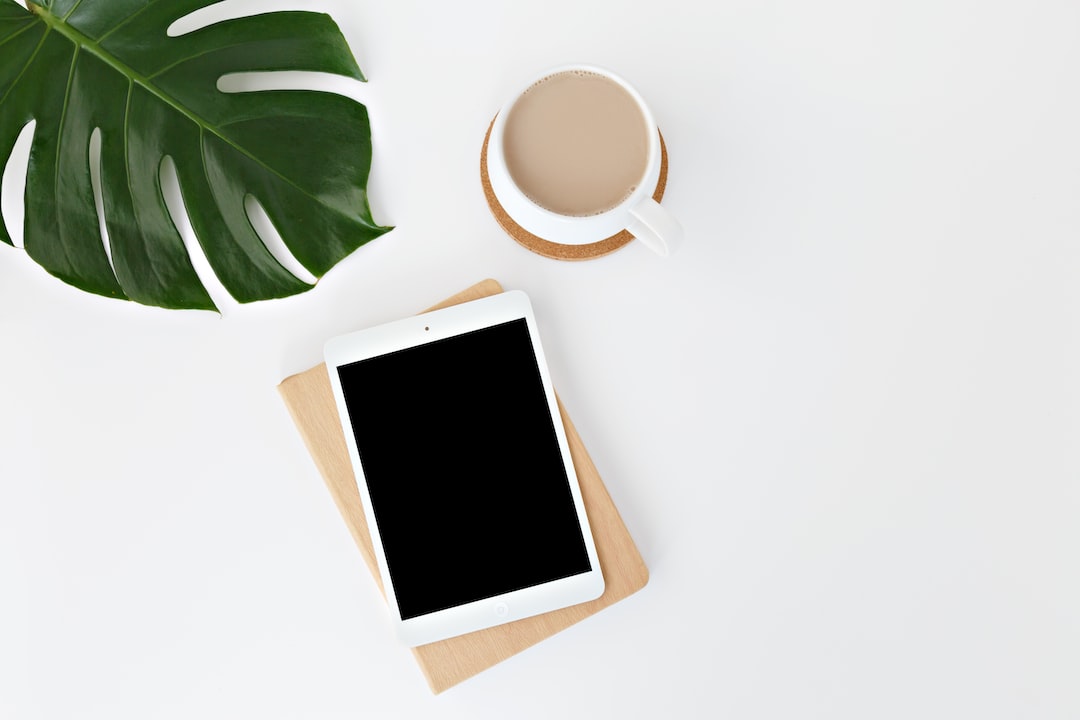How to Increase Productivity by Applying Minimalism in Your Workspace
Your workspace can have a huge impact on your productivity. With distractions and clutter all around, it can be tough to focus on the task at hand. That’s where minimalism comes in. A minimalist workspace can help you reduce distractions, simplify your surroundings, and create a more efficient working environment. In this post, we’ll look at how you can apply minimalist design principles to your workspace to increase your productivity.
Declutter Your Physical Space
The first step to creating a minimalist workspace is to declutter your physical space. This means getting rid of anything that doesn’t serve a purpose or add value to your work. Take a look at your desk, shelves, and drawers. Are there items that could be removed or organized more efficiently? Start by separating everything into three piles: keep, donate, and throw away. Keep only the items that you use on a regular basis, and find a new home for anything that doesn’t serve a purpose.
Once you’ve decluttered your physical space, focus on keeping it clean and organized. A clutter-free desk can help you stay focused and reduce stress. Consider investing in organizing tools such as trays, drawers, and shelves to help you keep everything in its place.
Simplify Your Digital Tools
It’s not just your physical space that can be cluttered – your digital workspace can be just as distracting. Take a look at the apps, files, and documents on your computer. Do you really need all of it? Start by getting rid of any apps or files that you don’t use on a regular basis. This will help you streamline your digital tools and reduce the number of distractions on your computer.
Once you’ve decluttered your digital space, create a system to keep it organized. Consider using folders to group similar files together, and use a consistent naming convention to make it easier to find what you’re looking for. You may also want to invest in a cloud storage service to help you keep your files accessible from anywhere.
Eliminate Distractions
Distractions can come in many forms – from pings and notifications on your phone to clutter on your desk. One of the keys to a minimalist workspace is to eliminate as many distractions as possible. Start by turning off notifications on your phone and computer. This will help you stay focused on your work without being constantly interrupted. You may also want to consider using noise-cancelling headphones to block out background noise.
Another way to eliminate distractions is to create a dedicated workspace. This could be a separate room, or just a section of your home or office that is designated as your workspace. When you’re in this space, you’ll know it’s time to focus on work and you’ll be less likely to be distracted by outside stimuli.
Conclusion
Applying minimalist design principles to your workspace can have a huge impact on your productivity. By decluttering your physical and digital space, simplifying your tools, and eliminating distractions, you can create a more efficient and effective working environment. Remember, the goal of minimalism is not to have nothing, but to have only what you need. By focusing on the essentials and eliminating distractions, you can create a workspace that helps you stay focused and productive.
What are your tips for applying minimalism to your workspace? Let us know in the comments!
